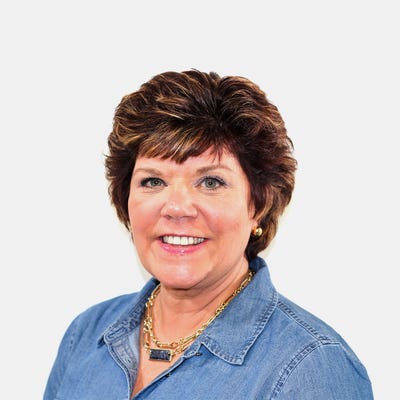Cadent Marketing Spending Study Grades Brands’ Price/Equity Scores
Brands confronting greater complexities with P/E balancing act. Increased penetration of private labels, omnichannel offerings and a changing retail landscape add more complexities to the P/E balancing act.
November 7, 2019

A new marketing expenditures study finds that CPG manufacturers spend about $225 billion, or 21%, of sales in marketing annually to drive price, build equity, or both.
The new insights contained in Cadent Consulting Group’s 2020 Marketing Spending Industry Study breaks down the brand makers’ resulting Price/Equity Quotient (P/EQ), which tracks the overall focus of marketing expenditures and the balance between price-driven and equity-building spending.
“Marketing spending represents a tremendous amount of money,” said Karen Strauss, principal with Wilton, Conn.-based Cadent. “Given the rapid acceleration of change in the external environment, sales and marketing professionals are making difficult decisions on how and where to spend these dollars.” Further exacerbating the delicate balancing act are external factors such as the growth of private label, the changing retailer landscape and the growing importance of omnichannel strategies, Strauss said.
“While logical incrementalism is an apt way to describe year-by-year changes in marketing spending, over time we’ve witnessed dramatic shifts,” said Cadent Managing Director Don Stuart. The accelerated price-focused spending revealed in this year’s study finds Cadent’s overall P/EQ index swinging from 0.66 to 1.06 over the past six years, which marks an $18 billion shift.
The results of Cadent’s study are based on the participation of nearly 400 manufacturers, retailers and shoppers via an online survey, with select one-on-one follow-ups conducted that helped it gain a better understanding of the allocations and effectiveness of total marketing expenditures.
Is Digital the New Traditional?
Digital is now the second-largest spending area and continues to grow, according to Strauss, who said effectiveness of digital spending as rated by retailers improved. However, shoppers rate digital marketing as the lowest in the realm of awareness and influence. Shopper marketing, advertising and consumer promotional spending have all sharply declined
Trade promotion is the largest spending component and has had a significant impact on the P/EQ, according to the study’s authors. Price-focused promotions represent 62% of total trade marketing expenditures, up 15 points from 2017’s Cadent study, while display-oriented support dramatically declined this year.
“Having a price focus is not in itself wrong; however, it is important to take a proactive approach to getting there,” said Strauss. “Knowing what’s right for your shoppers and your brands, and leveraging your portfolio mix correctly across retailers is a winning formula.”
About the Author
You May Also Like






